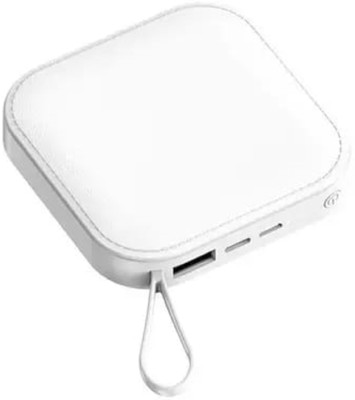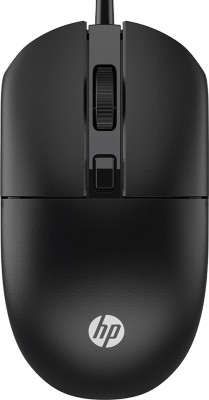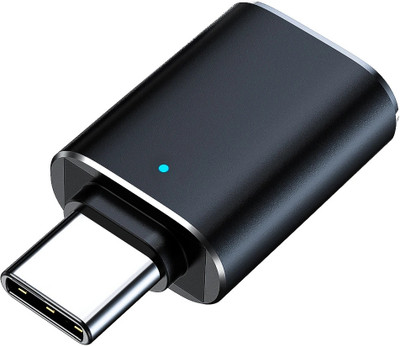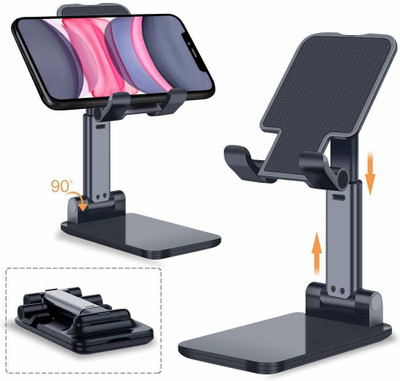
Prolink Lightning Cable 1 m Ultra Lightning Cable (Compatible with Mobles, Tablets, White, One Cable)
Price: Not Available
Currently Unavailable
Warranty
1 Year
Highlights
- Length 1 m
- Connector One: USB Type A|Connector Two: Lightning Port
- Cable Speed: 25 Mbps
Description
Be assured this cable will not fail you by breaking away at the joints. A common problem faced by Lightning cable users is that it snaps at the joint in no time. Not the case with this cable. Notice how it is fused into the connector to ensure strong moulding and stress free use. Backed by a MFI Apple certified license this cable is sure to work with all current and future iOs updates. The UL349-0200 lightning port-USB A male is a 2m cable and can be used for Apple devices with 8 pin lightning port such iPhone 5 series, iPhone 6 & 6 plus, iPod & iPad Air. The extra long length is an added advantage facilitating easy operation from a distance.
Surge protectors
A surge protector (or surge suppressor) is an appliance designed to protect electrical devices from voltage spikes. A surge protector attempts to limit the voltage supplied to an electric device by either blocking or by shorting to ground any unwanted voltages above a safe threshold
How it Works
A surge protector works by channeling the extra voltage into the outlet's grounding wire, preventing it from flowing through the electronic devices while at the same time allowing the normal voltage to continue along its path. Electrical surges can damage computer equipment by burning its wires or gradually over time wearing down the device's internal components and even wipe out any saved data. Surge protectors can also protect telephone and cable lines as these also carry electric current
Surge protectors are an inexpensive way to protect your gear against random power spike damage. They're not all the same. Here are a few tips before you start shopping. Whether you're just looking to add more outlets, or want to add a layer of protection between your gear and the outside world, you'll eventually want to buy a surge protector.
With an incredible range of prices and features, not to mention a barrage of questionable marketing promises, it's hard to figure out what's worth the money, and what's nonsense.
To help you sort through it all, here are a few things you should know about surge protectors
1. Not all are the same.
Power strips and surge protectors (also called surge suppressors) are different. Typically, power strips are cheap, multi-outlet products that are merely an expansion of a wall outlet. These usually have a circuit breaker of some sort, but most don't offer any real "protection" from electrical issues. Some might have the barest level of protection, but they're all pretty much just like plugging into the wall direct.
Surge protectors offer some level of protection against power spikes. How much and how well varies considerably.
2. It's all about the joules.
Surge protectors offer protection in amounts called JOULES. Think of this like a reservoir of protection. If a product has 1,000 joules of protection, that means it can take ten 100 joule hits, or one 1,000 joule hit. Generally, the more joules the better.
3. USB is great, but check the amps.
Many surge protectors come with USB connections, so you can charge your mobile devices. Handy, for sure, but check what the output amp rating is. Generally, this is either 1 or 2 amps (often labeled 1A or 2A). This is how much flow you can get through the pipe, so to speak. For a mobile phone, 1 amp is enough, but for a tablet, you'll want 2 amps for quicker charging.
4. They don't last forever.
Remember the joule rating we discussed earlier? Well, it means that over time, a surge protector is going to wear out. Some will give you a warning when they do. Many won't. If you know you've had a serious electrical event (like lighting blew out a transformer down the street), it's probably worth replacing your surge protector just in case.
Read More
Specifications
In The Box
| Number of Contents in Sales Package |
|
General
| Brand |
|
| Type |
|
| Cable Type |
|
| Connector 1 |
|
| Connector 2 |
|
| Part Number |
|
| Model |
|
| Color |
|
| Suitable For |
|
| Cable Length |
|
| Net Quantity |
|
Supported Video Features
| Full HD Support |
|
| 3D Support |
|
Warranty
| Warranty Summary |
|
| Covered in Warranty |
|
| Not Covered in Warranty |
|
| Warranty Service Type |
|
Be the first to ask about this product
Safe and Secure Payments.Easy returns.100% Authentic products.
Back to top




